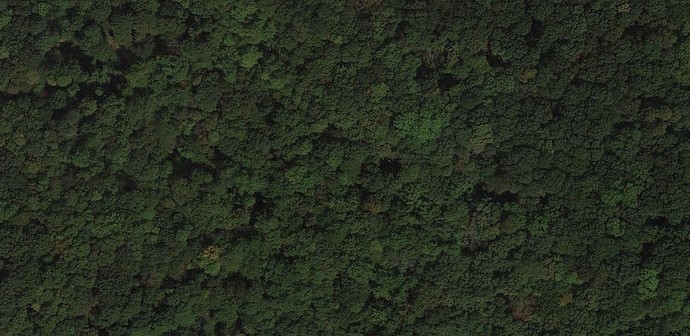Joe,
Your picture says it all. We often have it easier here in the Rocky Mountains.
We all have different priorities when we activate summits. Some of us want to run long activations, work several bands and/or modes, get large logs, and make as many S2S contacts as possible.
These priorities requires a system that can be set up quickly, will jump between various frequencies, and will perform well enough to contact weak stations and operators in many directions. My choice is a 65 foot wire set up as an Inverted L or Inverted Vee, and end-fed near the bottom of a ~6M telescoping pole. I use a homebrew tuner to match the various impedances presented on 60-40-30-20-17-15M. Using this system is so simple it’s almost a joke, compared to some of the systems others use for SOTA. The hardest part of using an end-fed wire is accepting the truth that it can work as well as it really does. You don’t need more than 2 feet of small coax for a successful, fun activation!
Here in the Rocky Mountains, we have thick sub-alpine forests with large trees on some summits, and in these places there is the problem of “Too Many Trees”. My system delivers anyhow, even if the wire runs through numerous branches, or whatever. At the 10W power level the teflon insulation in the #24 wire is OK.
I worried about many possible problems when starting out, but now I don’t hesitate to do what I must to get the antenna up fast. Time means more contacts, especially S2S, because many of my target activators are further east, and they’re always ahead of me…I’m always late, and I miss an awful lot because those guys get up so early and hike so fast!
What I’m suggesting is that logistics and speed matter more than a few db here or there. Surprisingly, if you have several more db of signal, few chasers care, and most of them will get you anyhow. They have good ears and fine stations, so you’ll get lots of contacts. The db DO MATTER when you’re trying to break a pile of those same chasers, so you can get the activator to give you an S2S contact, even though he can scarcely hear you! For a while your own skills may determine how things go, more than a few db of loss. Focus on time on the air.
I’ve set up many SOTA activations on the side of a steep mountain (usually because of high winds), sometimes with the entire wire 40-50 feet below the ridge above, and still I make OK contacts with chasers on the opposite side, on 20M where propagation is usually low-angle - even DX sometimes! Many antennas have run below summit rocks, parallel to solid rock walls, in slots between higher rocks, or even strung across many rocks only a few feet above rocky summits. They all have worked surprisingly well - enough to make me laugh as soon as I call CQ and hear the pile start calling quickly, when the RBN spots me.
Forget about the trees - yes, there will be loss from the numerous branches and fluids. Problems that matter more relate to how early you get on, how long you can stay on, how well you can hear (noise level), and how well you can operate in the environment.
Weather and hazards are in control - these factors will test you. How well you cope determines whether you keep activating.
You don’t need a long multi-band activation, but you should try to have fun. Your initial priorities are to make come contacts and to enjoy the total experience. Keep it simple - progress gradually. Think light - ounces add up to pounds. Too many pounds slow you down, and they can lead to injury. Navigation in those thick forests is critical - think GPS and reading maps - skill comes only with lots of practice and preparation. Don’t take on too much at first - you’ll develop a routine, and you’ll learn what works for you. Always try to have fun, and don’t post your alert, unless that seems reasonable.
Maybe I’ll hear you some day from beneath that forest, and we can have an S2S contact!
73
George
KX0R
